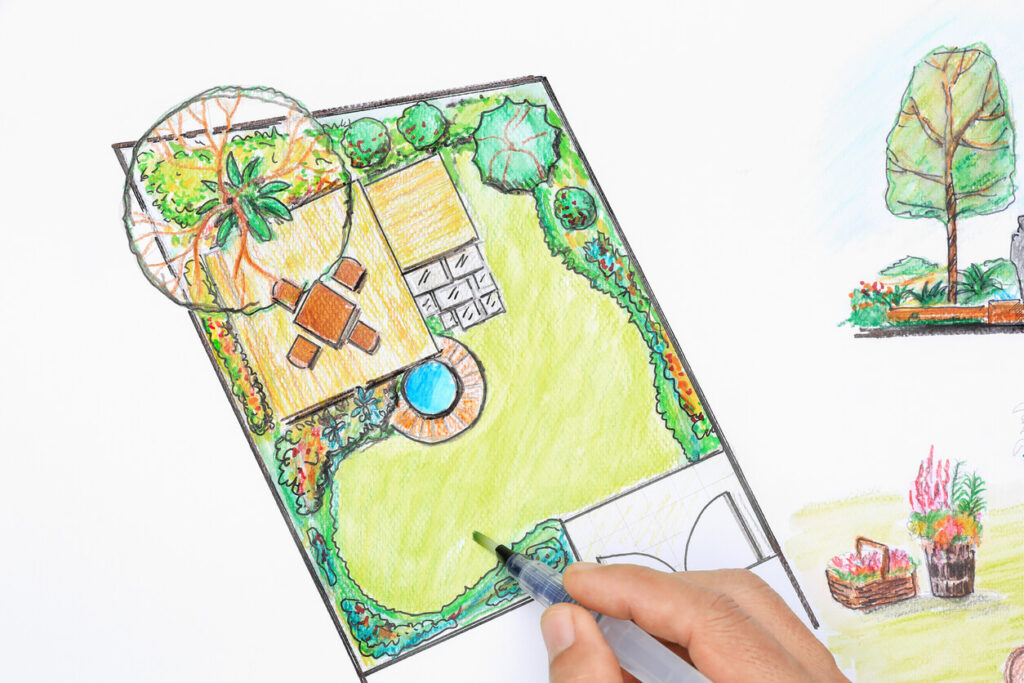Companion planting can be a great way to increase the fruitfulness and health of your tomato plants. Companion planting is a mutually beneficial way to increase the health and fruitfulness of your tomato plants, promote biodiversity, and improve soil health.
Best Tomato Companion Plants
Your garden’s productivity can be significantly improved by learning how individual plants work together and identifying what works best. This comprehensive list includes the top tomato companion plants.
Basil
Basil is a delicious, fragrant herb that repels pests such as hornworms and spider mites and can enhance the flavor of your tomatoes. It is best to plant basil around the base of your tomato plants.
Beans
Beans make great companion plants. Tomato plants are heavy eaters of nitrogen, and beans are nitrogen-returning plants and can act as natural fertilizers for gardens.
Carrots
Carrots are deep in the soil and can cause soil to crumble, allowing essential nutrients, water, and oxygen to penetrate the roots of neighboring tomato plants.
Onions
Onions are a natural repellant to many garden pests because of their unappetizing odor, but especially for many who like to munch on tomato plants.
Peppers
Intermixing two high-yielding producers like peppers and tomatoes in your vegetable garden can ease your gardening work because they have very similar requirements for light, water, fertilization, and pest control.
Marigolds
Not only do Marigolds add color and cheer to your vegetable garden, but they can also counter root rot caused by tomato worms and destructive nematodes.
Celery
Celery plants have an open root system that encourages beneficial insects, such as earthworms, to penetrate the soil around your tomato plants’ roots. As they grow in the garden, the worms are able to release nutrients into the ground, which improves the health of your tomato garden’s soil.
Leaf Lettuce
In the empty spots of your garden bed, plant lettuce varieties. These shade-loving plants will appreciate the sun protection that tall tomatoes provide. Low-growing lettuce also acts as a living mulch and protects the soil from erosion and nutrient depletion that tomato plants can cause.
Root Plants
Root plants are great tomato companion plants because they require a lot of phosphorous to grow their robust root systems. Root vegetables can concentrate more on root development as they are dependent on nitrogen from the soil. Because they are not competing for soil nutrients, root vegetables can co-exist in the garden well with tomatoes.
Parsley
Planting parsley can attract hoverflies that feed off many garden pests that destroy tomato crops.
Borage
Borage in your garden can improve its health while adding flavor to your tomatoes. Borage can also be used as an organic repellant for hornworms, cabbage worms, and other pests.
Avoidable Plants in a Tomato Garden
While many plants can help a tomato garden flourish, a poor combination can reduce your yield and cause damage to your tomatoes. This short list of plants could adversely affect your hard-earned tomato crop.
Cabbage
The growth of tomatoes can be inhibited by cabbage and other members of the Cabbage plant family, like broccoli.
Fennel
The root system of this plant can release a substance that prevents the growth of tomatoes and other plants. This plant is best placed in a pot and not in a bed with other crops.
Corn
A garden can be destroyed if it is composed of plants that are vulnerable to the same pests. For tomatoes, corn is one of the crops that attract similar pests that feed off these plants.





